Top Reasons You Should Be Watching Vinland Saga Right Now
Vinland Saga is a Seinen anime and manga written and illustrated by Makoto Yukimura. Vinland Saga centres around Thorfinn a young boy who dreams of going to Vinland, a place covered in fertile soil and green grass, the complete opposite of the frozen Iceland where he has spent all of his life. After a traumatic event, Thorfinn joins up with a mercenary group to train and look for the opportune moment to get revenge...
Vinland Saga is one of the best anime to be released in the summer of 2019, it's mature, emotional, and action-packed with characters you can't help being drawn to. Vinland Saga will be on your mind for a long time, I guarantee it.
1. The Anime Shows Off Viking Culture
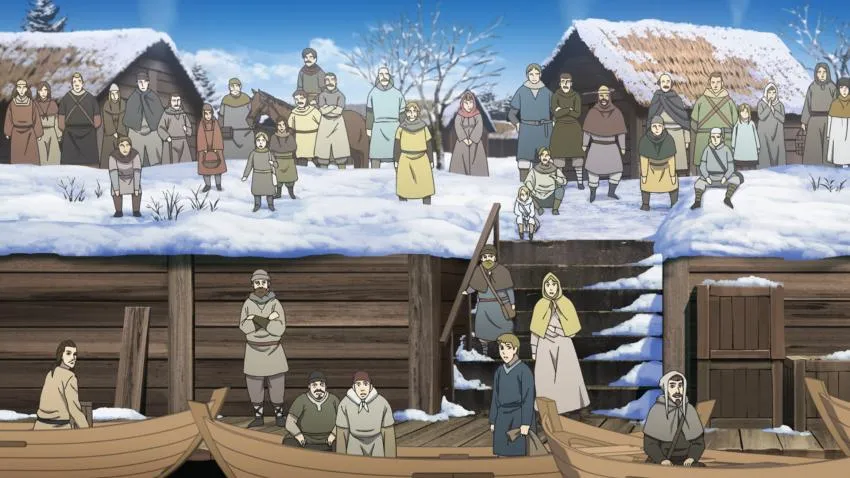
Norse history and culture are not something that is usually explored in manga and anime, so it is refreshing to watch a series that is set during times when Vikings were active. It is also unusual for a story with a Viking plotline to feature Vikings as more than just raiders.
Vinland Saga takes place at a time when Vikings had moved on from being mere raiders attacking monasteries, they had progressed to conquerors and had started taking over land and settlements. Nordic culture can be seen in every scene of the anime, from the boats, buildings, and furniture, to the clothes and weapons everything has a Nordic feel.
Makoto Yukimura also blends real historical figures and stories with the fictional elements of Vinland Saga, making it all the more engaging, and the author’s notes in the manga even explain what Makoto Yukimura used as references and his reasoning behind each decision he makes. The consistency in the art/animation also makes Vinland Saga extremely aesthetically pleasing to watch.
2. Vinland Saga is More Mature
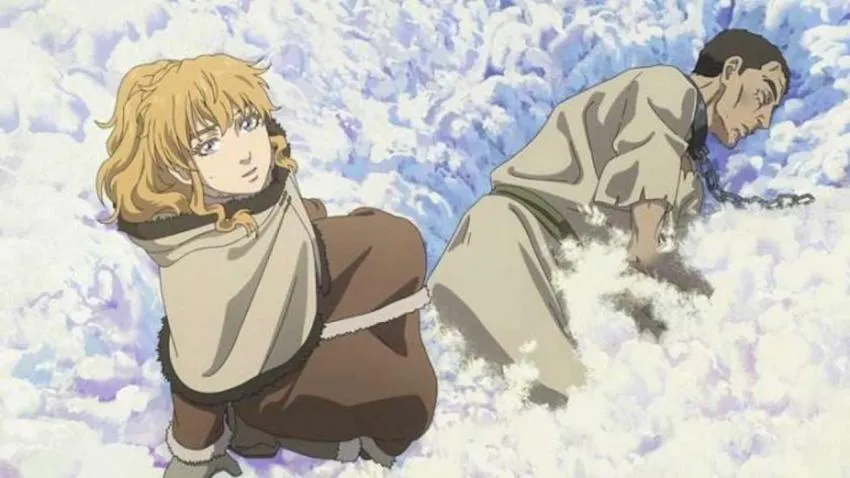
Although the manga was originally classed as Shōnen (mainly aimed towards teen boys) it was quickly moved to Seinen (marketed towards adults). Vinland Saga is more grounded in realism relative to some manga and characters have to deal with difficult subjects.
The series features some great action sequences, but the violence tries to avoid being gratuitous-although creative liberties are taken-with the wounds inflicted taking a realistic time to heal and having true-to-life consequences.
In the first few episodes of the anime, the main character, Thorfinn (Yûto Uemura), has all the makings of an idealistic Shōnen protagonist, however, he is rapidly brought back down to earth by the traumatic events that occur, as well as what he has to do to survive afterward.
3. Thorfinn Develops as a Character
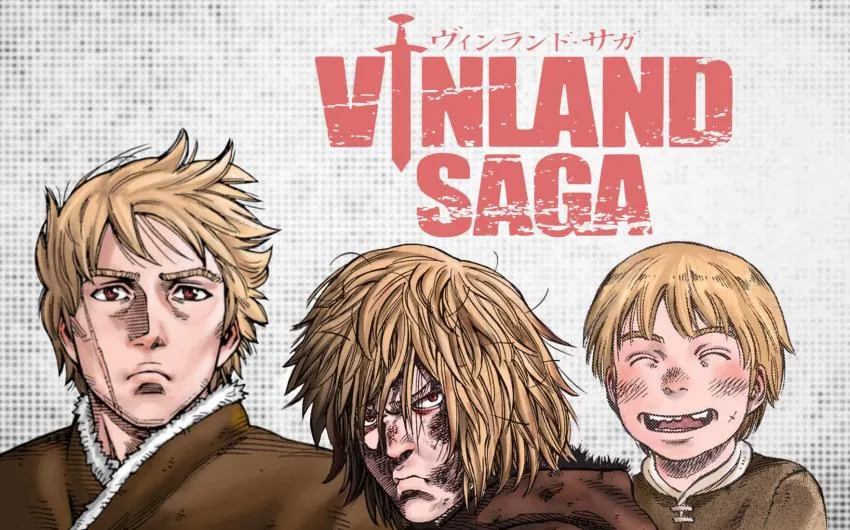
While Thorfinn starts off naïve and optimistic, he doesn’t stay that way and has to recognise some of the harsh realities of the world he lives in at a young age. Because of these experiences, Thorfinn gets stuck on a path toward revenge, and by the time he is a teenager he is violent, angry and full of angst.
Thorfinn’s father Thors (Ken'ichirô Matsuda), once known as the Troll of Jom for his skill in combat, rejected a life of violence after his daughter was born and abhors killing, believing that violence should be a last resort and even then only carried out with fists.
Although Thors tries to teach Thorfinn the dangers of violence and convince him to adopt his outlook, Thorfinn is too enamoured with the concept of war and battle to listen and later too obsessed with revenge.
However, as Thorfinn has more experiences and grows as a character his views start to change and he becomes more mature. Thorfinn’s development is more pronounced in the manga, which is ahead of the anime, and Yukimura writes Thorfinn’s evolution in a realistic way so, while it takes time, it is done very skilfully.
4. Vinland Saga’s Characters are Multi-Faceted
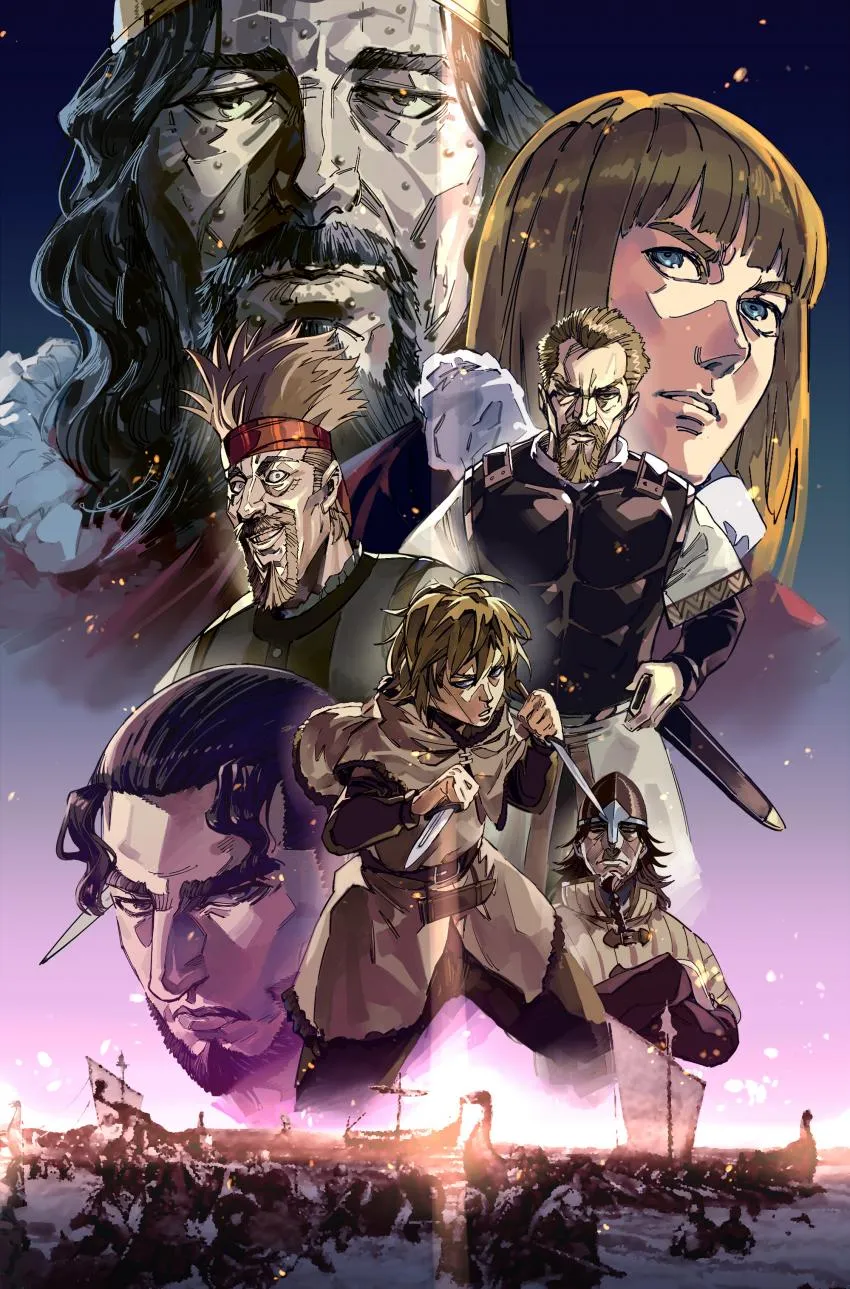
As well as Thorfinn, the rest of the main cast and many of the side characters in Vinland Saga are not simply two-dimensional. They have complex motivations and goals, and the anime makes it clear that no one is stereotypically ‘good’ or ‘evil,’ people have different views which can cause them to end up on opposing sides.
Because of this, it is difficult to hate anyone even though most people aren’t very good-natured, they may be acting in an antagonistic role one episode but be cooperative the next. Although Thorfinn starts off as the titular character, he takes a more supportive role at times, so you can’t help but become more invested in the other characters such as Askeladd (Noaya Uchida) and Canute (Kenshô Ono).
5. Vinland Saga has Great Action Sequences
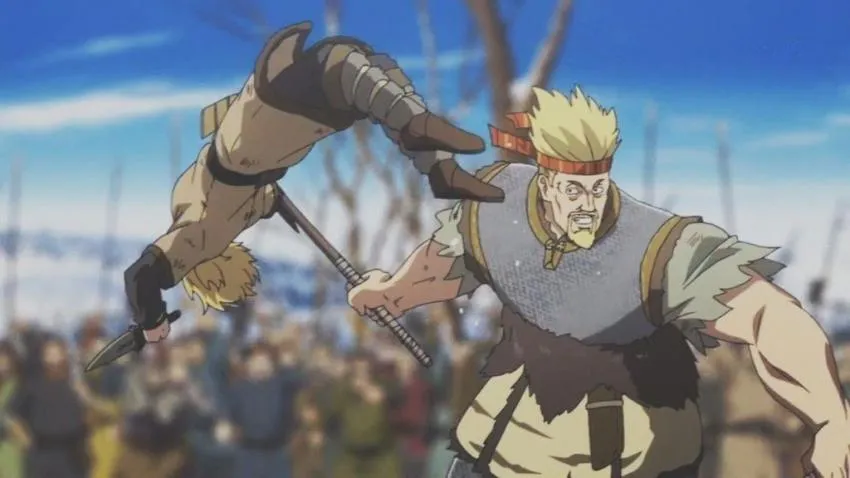
While the anime and manga are more slow-burning than you might expect from a story set in the Viking era, don’t let that fool you. Vinland Saga consistently treats its viewers to some amazing action sequences and though most of the series is more grounded, the fight scenes are elaborate and inventive (Thorkell hurls logs hundreds of metres for crying out loud, definitely some creative liberties taken).
I would expect nothing less from Wit Studio who are responsible for bringing the action-packed Attack on Titan to life. As well as this, because the series is Seinen, not Shōnen, the conflicts can be even more brutal and graphic. Although some of the fights are unrealistic, they are choreographed in a way that just about seems plausible, so the action sequences do not end up jarring with the rest of the episodes.
6. The Animation is Beautiful
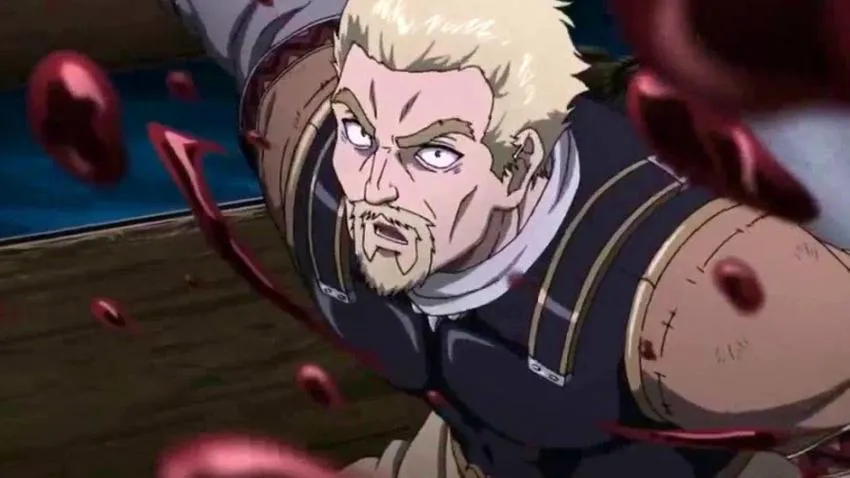
As mentioned before Vinland Saga is animated by Wit Studio who also did works such as Attack on Titan and Seraph of the End; therefore, they’re well versed in animating large set pieces and big action sequences and their experience is evident in Vinland Saga’s many wars and battle scenes.
CGI is kept limited, only being used when the scenes truly require it, so it doesn’t grate with the rest of the animation. Each scene is beautifully done, emphasising just the right areas of each scene, set against impressive backgrounds and settings.
7. Vinland Saga’s score is just right
What a lot of anime productions do is have composers write what they call stock music, the director can then choose which pieces to use-musical pick n’ mix if you will-it’s an approach that has been proven to work well.
Vinland Saga did not use this strategy. Instead, the composer Yutaka Yumada wrote music for each episode individually, treating each episode as if it were a film, catering to its specific needs. Because of this, the music for each scene is much more intimate and meaningful, enhancing the emotions within the scene and making it feel tenser, or depressing, or angry, etc. in just the right amounts.
8. Revenge isn’t the End

Due to Thorfinn’s objective being to get revenge on those who have wronged him, it could be expected that once he has succeeded or failed his story and the anime would end.
This is not the case. The manga and anime subvert expectations by proving that revenge is not the be-all-and-end-all, emphasising the fact that life goes on. With season two confirmed and on its way, viewers can look forward to finding out what Thorfinn and everyone else is going to do next.
9. Vinland Saga has Something to Say
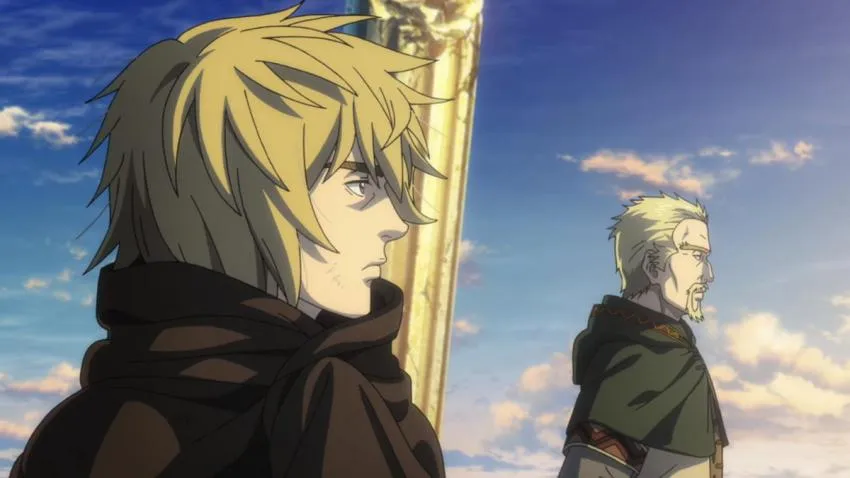
Along with everything else, Vinland Saga puts out a lot of thoughtful messages, contesting different religious views without condemning them. Making you think about violence, the way it was used, and the effects it had on people both positive and negative.
Just because Thors, Thorfinn's dad, became a pacifist and against violence doesn’t mean he is in the right, for example, and Vinland Saga doesn’t try to suggest that he is. Yukimura is careful to explore different sides of different arguments and point out both the flaws and benefits without being patronising or biased. He has obviously done his research, and this is conveyed in the writing of his characters.
Vinland Saga is an incredible piece of work, especially as it combines real historical figures and events with intimate and emotional stories. It is brought to life by brilliant actors and animators who are able to capture the emotion of every scene, and produced by a company who clearly knows what they’re doing. If you haven’t already watched it I would suggest doing so, so you’ll be ready for season two, maybe even go ahead and read the manga while you’re at it.
Don't forget season 2 is on its way!
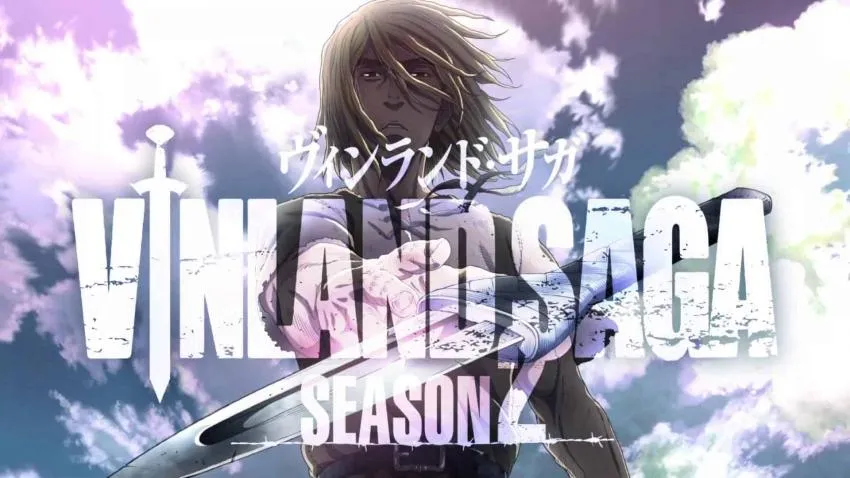
Opinions and Perspectives
I just started watching Vinland Saga and I'm absolutely blown away by how well they portray Viking culture. The attention to detail in the buildings and ships is incredible!
The character development in this show is something else. Watching Thorfinn's journey from an innocent kid to where he ends up really hits hard.
Anyone else think the fight scenes are a bit over the top though? I mean, Thorkell throwing those huge logs isn't exactly historically accurate...
Actually, the exaggerated fight scenes work well with the overall tone. They add excitement while still keeping the emotional core intact.
I'm halfway through and can't believe how invested I am in Askeladd's character. Never thought I'd care so much about someone who started as an antagonist.
The music really enhances every scene. Love how they composed specific pieces for each episode instead of using stock tracks.
What really gets me is how they handle the theme of revenge. It's not your typical revenge story where that's the end goal.
The animation quality is fantastic. Wit Studio outdid themselves, especially in those large-scale battle sequences.
I appreciate how they don't romanticize Viking life. It shows both the brutal and human sides of the culture.
Just finished episode 12 and I'm still processing everything. The emotional depth is incredible.
The historical elements mixed with fiction work so well together. I've actually started reading up on real Viking history because of this show.
I honestly wasn't expecting such a mature take on violence and its consequences. This isn't your typical action anime.
The way they handle religion in the show is really nuanced. It's refreshing to see different beliefs portrayed without bias.
My favorite aspect is how they show that no character is purely good or evil. Everyone has their own motivations that make sense.
Can we talk about how well they animated the snow scenes? The detail in the environment is breathtaking.
I found myself sympathizing with characters I never expected to like. That's great writing right there.
Watching Thorfinn struggle with his father's ideals versus his desire for revenge is heartbreaking but so well done.
Not sure if I agree about the violence being realistic. Some of those injuries would definitely be fatal in real life.
The pacing might be slow for some, but I think it really helps build the world and characters properly.
Anyone else catch all the historical references in the background? The research that went into this is impressive.
The voice acting brings so much depth to the characters. Especially for Thorfinn and Askeladd.
I love how they don't shy away from showing the consequences of violence. Really makes you think.
The way they blend action sequences with character development is masterful.
Honestly, I wasn't sure about watching a Viking anime, but this has become one of my favorites.
The relationship between Thors and Thorfinn is so well written. Those early episodes really set up everything perfectly.
For me, the political aspects are just as interesting as the action scenes.
I've read the manga and trust me, season 2 is going to be even better.


